I just returned from a vacation in Nepal, a beautiful country boasting the tallest mountains in the world. For two weeks I trekked through the mountains, seeing stark snowscapes and yak-covered slopes in the northern high Himalayas and the lush green forestland and agricultural fields of the middle Himalayas. As I walked along trails between Nepali villages, I was suddenly struck by the realization that the forest view was eerily familiar.
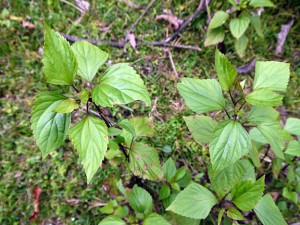
The forest floor and surrounding pasturelands in Nepal are being invaded by a noxious weed called eupatorium or croftonweed (Ageratina adenophora). The Nepali call this plant ‘bun mara,’ which literally translates to “forest killer,” and indeed other plants die where bun mara grows. I first saw it in California along the Big Sur coast where it grows in both sun and shade and chokes out native redwood forest plants including ferns and flowering herbs. A friend of mine also noticed it growing in a vacant lot in the financial district of San Francisco, and I realized that eupatorium is truly a force to be reckoned with.
Eupatorium is originally from Mexico and parts of Central America, but in the many regions of the world where it has spread, it is almost impossible to eradicate. It easily grows new roots even when pulled out of the ground and even hungry goats refuse to eat it in Nepal! Eupatorium is threat to forests around the world, and it presents an opportunity for us to collaborate with organizations around the world to contain its spread and protect our native plants.
Have you seen Eupatorium in the woods? Learn more about the redwood forest and check out our fun facts!


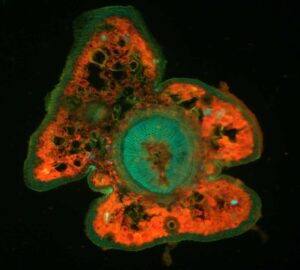
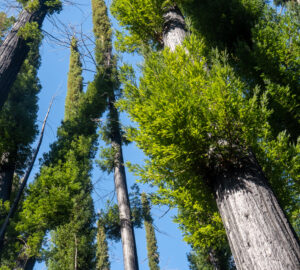
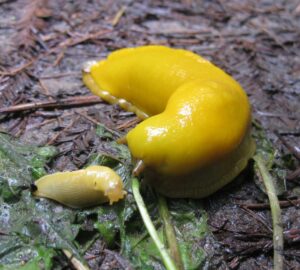

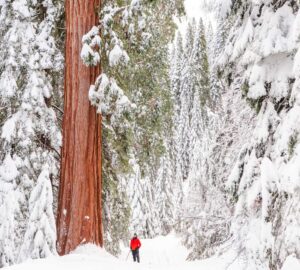
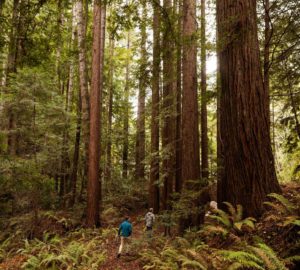
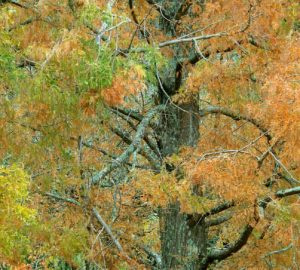
3 Responses to “They call it “forest killer””
Emily Burns
Thank you Tim and Arunava for your thoughts on this. A good news update: I was along Big Creek in Big Sur earlier this month and heard from a local manager there that a eupatorium removal effort in a few riparian areas have been successful.
Arunava Datta
Yes, I have seen it growing profusely in Himachal pradesh(Palampur)
I do agree with your concern as it has impacted the natural flora adversely.
Tim Upham
Everywhere throughout the world, invasive species are causing impact on native species, both fauna and flora. Especially, on insular habitats.